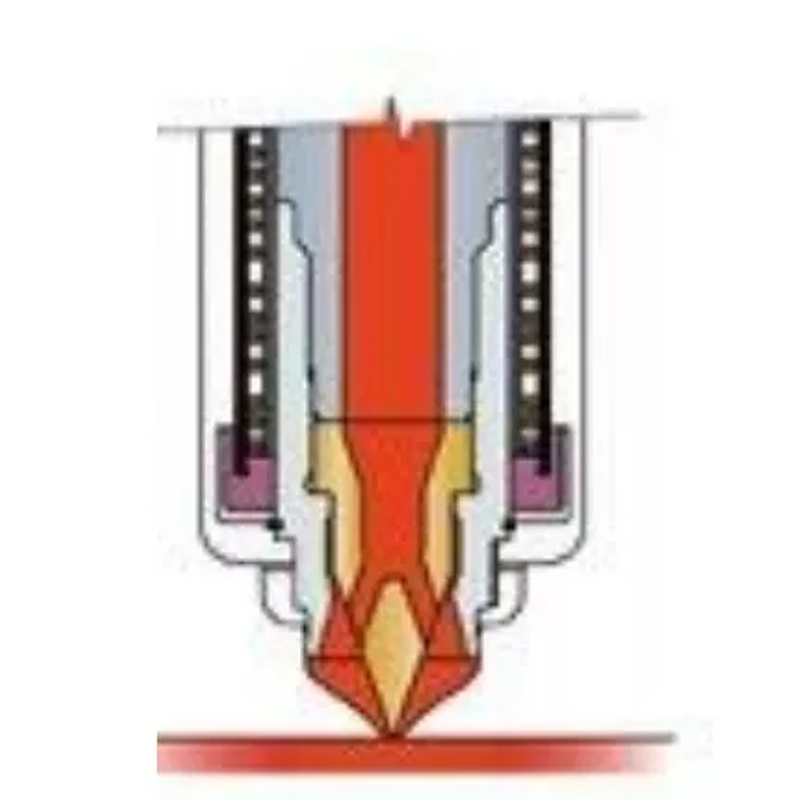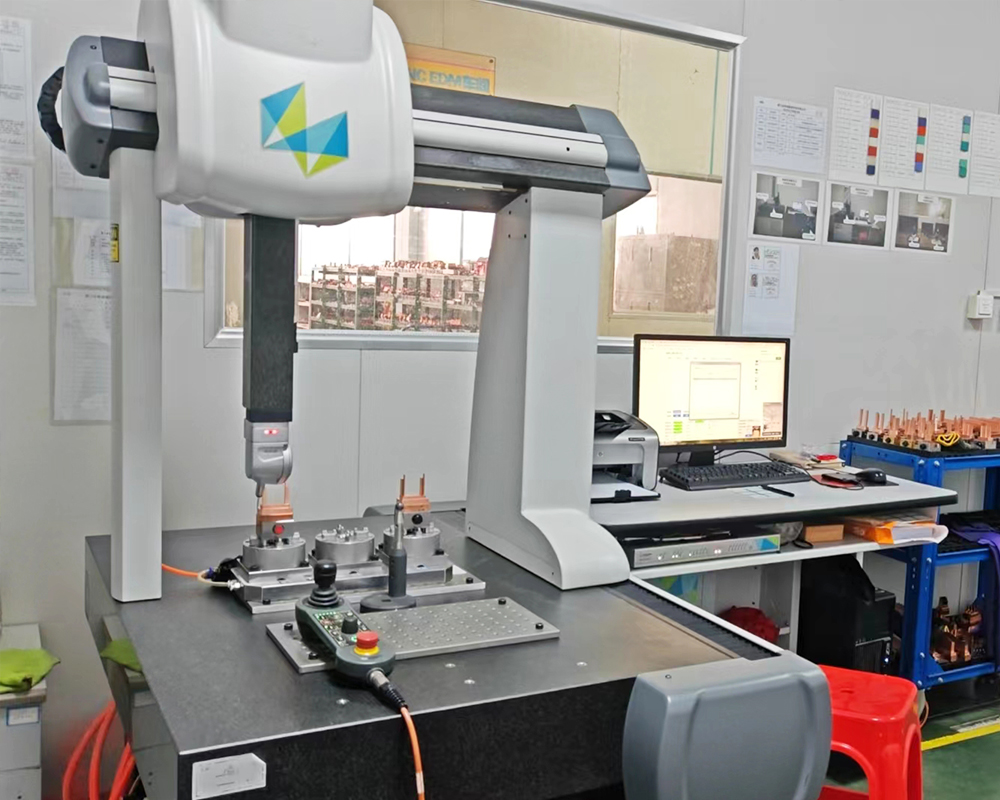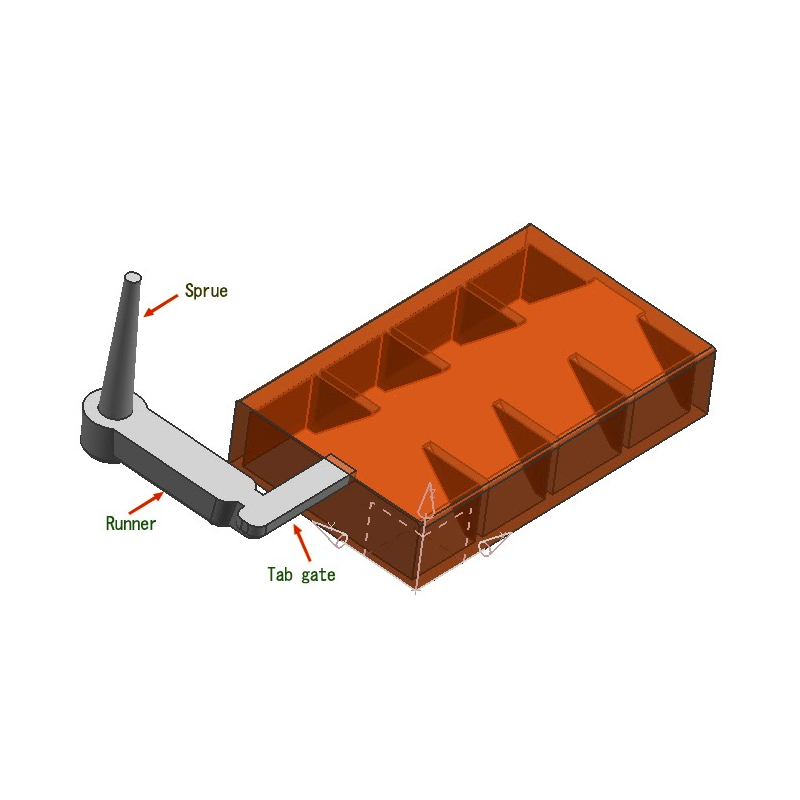Hello, this is Sunny from Toolingsun, and today we’re diving into a crucial aspect of injection molding—selecting the right gate for your molding parts. Understanding the different gate types and their applications can significantly improve your production process, enhance product quality, and reduce manufacturing costs. Whether you’re working with a cold runner or hot runner system, the gate type you choose impacts everything from material flow to final product aesthetics. So, how do you determine which gate is most suitable for your needs?
Understanding the Different Gate Types
Injection molding gates come in several variations, each designed for specific applications. Let’s break down the most common gate types and explore when and why they are used:
-
Sprue Gate
The sprue gate is one of the most commonly used gates, especially when the part requires quick injection of material. The gate is typically located at the top of the mold, and it allows for rapid material flow. The sprue gate is often removed later through secondary processes like stamping or machining. This gate type is ideal for the following scenarios:
– Large, thick-walled parts that need to fill quickly.
– Materials with poor flow properties, where the rapid injection helps achieve uniform filling.
– Low to medium production volumes, where cost-efficiency is a priority.
– Parts that do not require cosmetic finishes—the gate mark is less of a concern.
.png)
-
Side Gate
Also known as an edge gate, the side gate is commonly used for parts with specific geometry requirements. Unlike sprue gates, which are placed at the top, side gates are located on the side of the part. They’re often used in situations where the part design makes it difficult to place the gate at the parting line. Side gates are beneficial in the following cases:
– Thick-walled parts: A side gate ensures more even material flow, helping avoid sink marks and voids.
– Parts with complex geometries: If the part includes sharp corners or thin sections, side gates ensure that all areas of the mold cavity are filled.
– Parts with cosmetic requirements: Since side gates are placed away from the surface, they often minimize visible gate marks.
– Parts requiring multiple gates: In larger parts, side gates may be used in multiple places to ensure even filling.
– Parts with restricted access: In some molds, side gates are an effective alternative when the design restricts access to the parting line.
.png)
-
Fan Gate
The fan gate is a specialized type of side gate designed for high-volume filling. It is often used in larger molds, thin-walled parts, or flat plate products. The fan gate spreads the material flow over a larger surface area, ensuring that the cavity fills quickly and evenly. Here are some scenarios where fan gates are beneficial:
– Large parts: The fan gate allows for rapid material flow, reducing cycle times for large components.
– Thin-walled parts: The gate’s design helps reduce the likelihood of sink marks and warpage in thin-walled parts.
– Cosmetic finishes: Fan gates are ideal for parts with high-quality cosmetic requirements, as they minimize visible gate marks.
.png)
-
Pin Gate
The pin gate is used in situations where the gate mark must be small and well-defined. This gate type is especially effective when gating at the parting line is not possible or desirable. Pin gates offer high precision and are frequently employed in high-quality, high-precision molds. They are most effective for:
– Thin-walled parts: Pin gates allow for precise control of the flow, reducing defects like flow marks.
– Cosmetic parts: If the final product requires a clean surface, the pin gate minimizes the size of the gate mark, often eliminating the need for secondary processing.
– Complex geometries: Pin gates can be placed in specific locations on the part, ensuring they do not interfere with other features.
.png)
-
Sub Gate
A sub gate is typically used for large, complex parts or parts with sensitive surfaces or high aesthetic requirements. This gate type offers precise control and eliminates the need for secondary cutting of the runner. Sub gates are often employed in high-volume production due to their efficiency and precision. Situations where sub gates are ideal include:
– Large, thick sections: Sub gates can handle larger volumes of material without compromising part quality.
– Parts with complex shapes: Their precise control over material flow makes them perfect for intricate geometries.
– Aesthetic requirements: Sub gates offer clean, smooth finishes, ensuring minimal surface defects.
.png)
-
Banana Gate
Similar to the sub gate, the banana gate is often used for high-aesthetic applications where the gate mark is a concern. This gate requires additional inserts to create two parting lines at the gate, and it is usually more complex and costly to manufacture. However, its ability to meet high aesthetic standards makes it ideal for:
– High-quality cosmetic products: The banana gate is used when the gate mark must be hidden or minimized for products with strict aesthetic standards.
– Parts requiring minimal defects: The gate’s design is intended to create parts with exceptional surface finishes and minimal visible marks.
.png)
Hot Runner Gates
In addition to the cold runner gates mentioned above, hot runner systems offer further options for gating:
-
Sprue Gate (Hot Runner)
In hot runner systems, the sprue gate is located directly at the top of the part and is connected to the hot runner system. This gate type allows a large amount of material to flow into the mold cavity quickly, which is beneficial when high-volume production is required. The hot runner sprue gate is typically used for:
– High-speed production: It allows for quick material delivery, reducing cycle times and enhancing efficiency.
– Large, complex parts: Hot runner sprue gates can handle the demands of large, high-volume parts.
-
Hot Tip Gate
The hot tip gate is a variation of the pin gate, but it eliminates the need for runners, which saves both material and time. This gate is often used in mass production where cost efficiency is critical. However, the downside is that it leaves a gate mark on the product’s surface. This type of gate is ideal for:
– Mass production: The hot tip gate allows for faster cycle times and material savings.
– Non-visible surfaces: If the gate mark is on a hidden or non-visible area of the product, this gate type can be a cost-effective choice.

-
Valve Gate
The valve gate is the most precise gating option available in hot runner systems. This gate is designed for applications that require tight tolerances and minimal material waste. While it increases mold costs and maintenance, the precision it offers makes it ideal for high-value, high-requirement products. The valve gate is perfect for:
– High-precision applications: When tight tolerances are essential, valve gates provide unparalleled control over material flow.
– High-end products: For products with high quality demands, the valve gate ensures precise, consistent filling.
.png)
How to Choose the Best Gate for Your Injection Molding Needs
When selecting the appropriate gate for your injection molding project, it’s crucial to consider several factors, including:
- Part Geometry: Complex shapes may require more intricate gate designs, such as side gates or pin gates, to ensure proper flow and prevent defects.
- Material Type: Different materials have unique flow characteristics. Materials with poor flow may benefit from gates like sprue or fan gates that provide faster filling.
- Aesthetic Requirements: If the surface quality is important, gates like pin or banana gates are ideal for minimizing visible gate marks.
- Production Volume: For high-volume production, gates like hot runner sprue or hot tip gates are often the most efficient and cost-effective.
Let Toolingsun Help with Your Gate Selection
At Toolingsun, we specialize in providing expert solutions for your injection molding needs. Our team works closely with clients to ensure that the most suitable gate type is chosen for your specific product and production requirements. Whether you’re working on a complex, high-precision component or a high-volume product, we offer tailored solutions to meet your needs.

If you have any questions about selecting the best gate for your injection molding project or if you’re ready to discuss your next project, don’t hesitate to reach out. We’re here to provide expert guidance and support every step of the way.
Feel free to contact us today to explore how we can assist you with your injection molding needs. We look forward to helping you achieve the best results for your projects!

